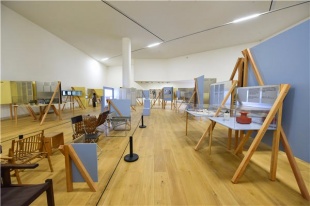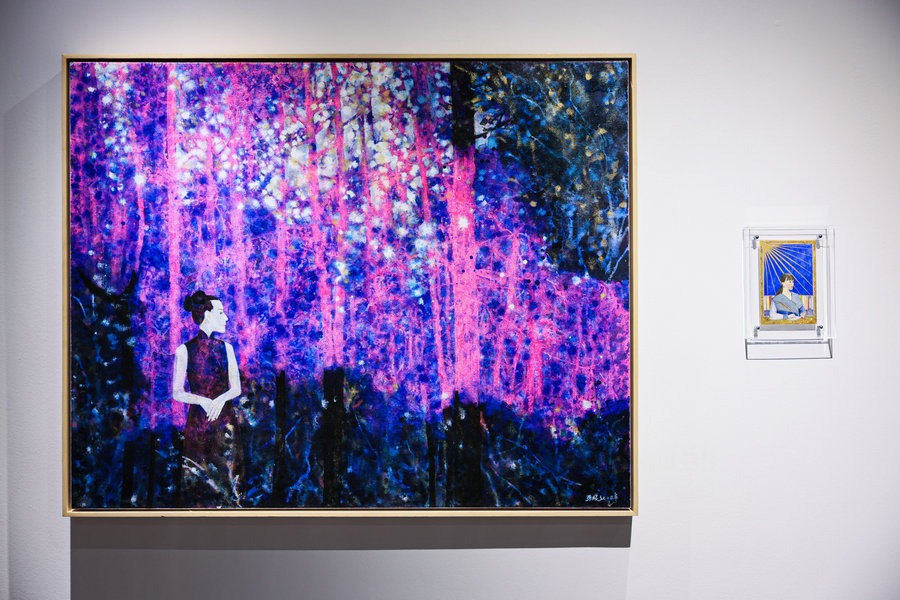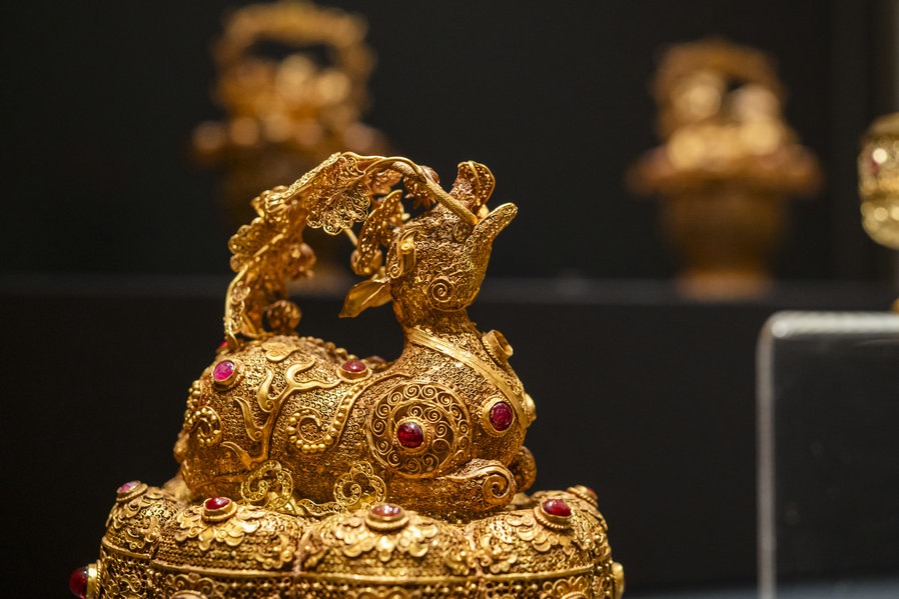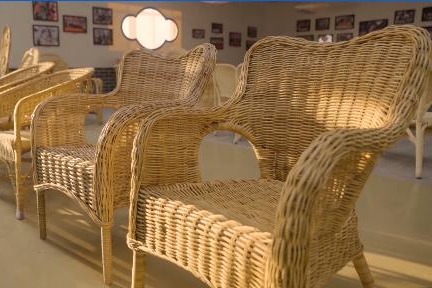Bauhaus spirit lives on

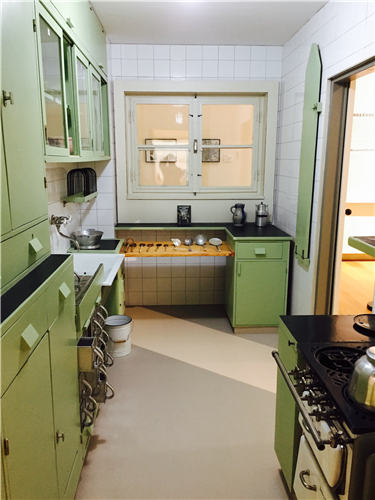
The publicity worked, even after a crackdown on Bauhaus by the Nazis, and its international reach is illustrated throughout the exhibit, from design education in India to urban design in the former Soviet Union, and China as well.
Some lesser-known blueprints in China with typical Bauhaus characteristics are also on display, including the 1940s urban design plan of Shanghai and the Central Railway Station of Nanjing, today's capital of Jiangsu province and once the national capital.
It's a pity that none of these blueprints were finally realized with two exceptions - Beijing's 798 factory, which was designed by architects in the former East Germany and is now a famed art zone, and a school in Shandong province. Both were built in the 1950s.
"This is an outstanding collaboration (through working with Chinese curators) because we learn from each other, especially about relations among the (former) Soviet Union, China and GDR (the former East Germany)," Von Osten says.
"The modern design of GDR is often neglected in today's Germany, and it's amazing for us to rediscover the design of GDR through China."
Bauhaus Imaginista: Moving Away will be on display in the China Design Museum until July, and three other chapters of Bauhaus Imaginista exhibitions, which were initiated by the Goethe Institute and several other German organizations, will move to Japan, Russia and Brazil before the main centennial celebration exhibition in Germany.
'Aesthetics for daily life'
Bauhaus is the reason the China Design Museum was created in the first place.
In 2011, the Hangzhou city government spent about 55 million euros ($67 million) to buy around 7,000 artifacts with modern Western designs, including about 350 original design works from Bauhaus, and temporarily house them in the CAA.
Consequently, the museum, covering 16,800 square meters, offers a place for permanent custody of these collections. Nearly 7,000 square meters are used for exhibitions.
As a result, Life World: The Collection of Western Modern Design, which displays 700 artifacts from that collection, was launched in April as a regular exhibition at the museum.
"It's to nurture the public's aesthetics for daily life," says Yuan Youmin, director of the new museum.


